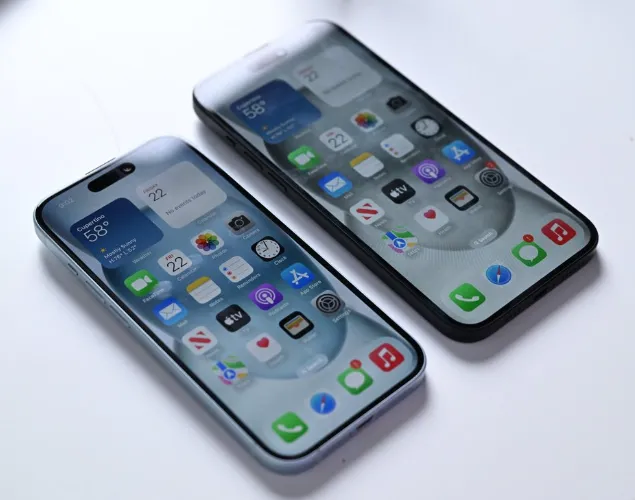For a long time, iPhone owners were known for holding onto their devices for several years before upgrading. But recent insights suggest that this pattern is changing. A new report from Consumer Intelligence Research Partners (CIRP) shows that more users are replacing their iPhones sooner than in the past. In the last quarter of 2024, 36% of buyers upgraded from a phone that was two years old or less—a noticeable jump from 31% in late 2023.
What’s Driving the Faster Upgrade Cycle?
There are several factors fueling this shift. Attractive trade-in programs and flexible payment plans offered by carriers make it easier for customers to upgrade without paying full price upfront. Meanwhile, Apple continues to release devices packed with new features—especially in areas like camera performance, display quality, and AI capabilities—that encourage users to move on from older models sooner.
Marketing also plays a significant role. Apple highlights advanced features such as enhanced photography tools, smarter assistants, and improved battery life, all of which create a strong incentive to upgrade. Even though older iPhones can remain reliable for four to five years, many users are choosing to trade in their devices earlier to take advantage of these new technologies.
What This Means for Apple and Consumers
A shorter upgrade cycle could influence Apple’s future strategy. If more customers are swapping phones every couple of years, Apple may continue offering aggressive trade-in values and carrier promotions to maintain momentum. At the same time, the company will need to keep introducing meaningful innovations to justify frequent upgrades.
It’s not yet clear whether this trend will last or if changing economic conditions might slow it down. Still, the data shows a clear shift: more iPhone users are choosing to upgrade sooner rather than later. How Apple continues to balance innovation, pricing, and incentives will determine whether this faster cycle becomes the new norm.
